
When a child cannot tolerate cow's milk, the choice of formula should be informed by the condition that precludes the child from consuming cow's milk or breast milk. Here are 4 specialty formula types.
Mary Beth Nierengarten is a freelance medical writer with over 25 years of experience. Her work appears regularly in a number of print and online publications.

When a child cannot tolerate cow's milk, the choice of formula should be informed by the condition that precludes the child from consuming cow's milk or breast milk. Here are 4 specialty formula types.
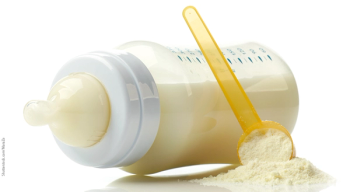
Breast milk is best, but for those babies who won’t or don’t breastfeed there are formula alternatives. Here’s a primer on infant formulas and how to decide which option is appropriate for the individual child.

Prekindergarten (pre-K) is a key way to prepare children for school and the benefits of a high-quality program can have long-term benefits.
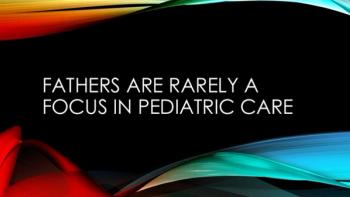
Although fathers are becoming more involved in the lives of their children and a more common sight in the pediatric office, they are infrequently the focus of care or discussions. Here are 13 ways to be more inclusive and improve paternal bonds.
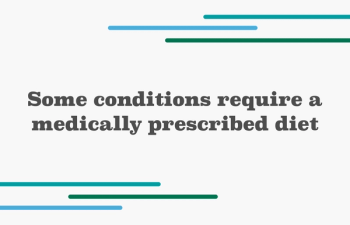
A balanced diet is the cornerstone of lifelong physical and mental health. However, some children may have conditions that require a medically prescribed diet. Here’s a look at the medical indications and potential complications for some of them.
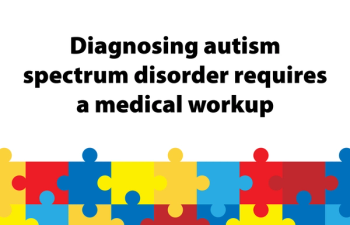
Assessing and diagnosing a child for autism spectrum disorder requires a medical workup that covers 4 key areas.

Eating well is fundamental to lifelong physical and mental health. Here’s how all your patients, even those with limiting medical conditions, can get their nutrient intake right.
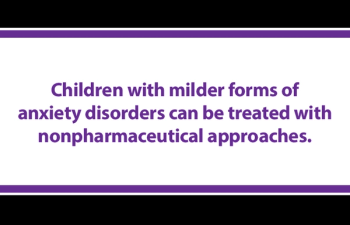
For children who have milder forms of anxiety disorders, the clinician can use nonpharmaceutical treatment options to treat. Here are 7 approaches that can be used to mitigate the effects of a mild anxiety disorder.

Because appropriate early treatment of anxiety disorders is key to either preventing or reducing a negative impact on a child's life, it's important for the clinician to diagnose the correct disorder by identifying the "threat" and feared stimuli. Here's a look at 7 types of anxiety disorders and their common behaviors.

For a child presenting with a headache, it’s critical to make the correct diagnosis based on history and physical exam.

Pediatricians need to implement the strategies of assessing, adjusting, and reviewing symptoms and risks of severe asthma to confirm the diagnosis and implement appropriate interventions.

To address the different fears motivating vaccine-hesitant parents versus antivaccine parents, one must understand the historical resistance to vaccination.

Understanding which insurance payment denials are valid and which are inappropriate is the first step to practices successfully getting paid for services rendered.
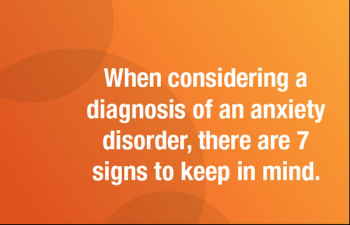
Affecting between 15% to 20% of children and adolescents, anxiety disorders are the most prevalent psychiatric condition in pediatrics. The impact can be significant with difficulties in social and academic functioning as well as increased risk for other mental health concerns. However, it can be difficult for a clinician to differentiate between anxiety and an anxiety disorder. Here are 7 signs to help make the diagnosis.

Primary care clinicians play a key role in identifying and treating anxiety disorders in children and helping them learn effective coping skills. This article summarizes some of the current guidance.

Here are 7 tips to remember when you assess patients for problems with their menses.

For a child with a developmental disorder, the pathway from screening for autism spectrum disorder (ASD) to diagnosis of ASD to lifelong care takes place in the child’s medical home.

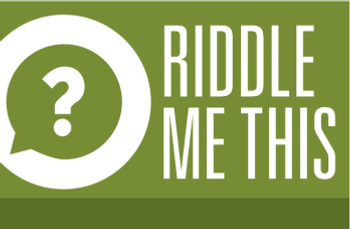
Accept this month’s 5-item quiz challenge and see how well you know the wiles of biofilms in Staphylococcus aureus that deploys a matrix “force field” to evade detection and eradication. What children are especially at risk? What treatment course gives the best outcomes?

The case for medical marijuana in children is just getting started. Here’s how pediatricians can navigate the complexities and discomfort of this issue and address the risks and benefits of pharmaceutical cannabinoids for their patients.

This month’s Riddle Me This! online quiz explores the study evidence to reveal some unexpected traits, risk factors, and trajectories for these children. Are there common functional skills traits in younger bullies? What does the literature say about the familial linkage of bullying-is it learned at home?

Despite the growing involvement of fathers in their children’s lives, there persists a lack of focus on fathers in pediatric care. Updated guidelines can help pediatricians to better engage fathers in the care of their children.

Talk to patients and their families about the benefits and risks of stimulants before initiating treatment in children with ADHD.

Among the most common questions parents and caregivers ask pediatricians when gastro issues arise may be about the use of probiotics. Are you a probiotic pro or a probiotic novice?

It’s not easy to know when a deception is acceptable and when it becomes difficult to justify. An algorithm might help pediatricians to make those decisions.

This month’s quiz will test your knowledge of key diagnostic points in the screening process for depression in primary care. You’ll test your knowledge on 5 key points. Each point gives you context for the correct answer-and, most importantly, provides valuable resources.

When a child presents with an eye injury, frontline clinicians should implement this 5-minute eye exam to quickly recognize what treatment is warranted and when to refer to an ophthalmologist.

New research is changing views about the treatment of pediatric cancer and bolsters the rationale for sequencing tumors in children.


To help student athletes perform at their best, emphasize balanced nutrition and conditioning, discourage supplements and stimulants.

Published: November 1st 2017 | Updated:

Published: November 1st 2017 | Updated:

Published: November 1st 2017 | Updated:

Published: November 1st 2017 | Updated:

Published: April 4th 2017 | Updated:

Published: April 3rd 2017 | Updated: